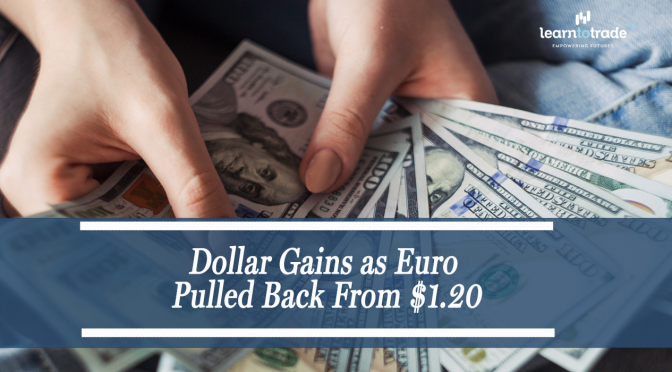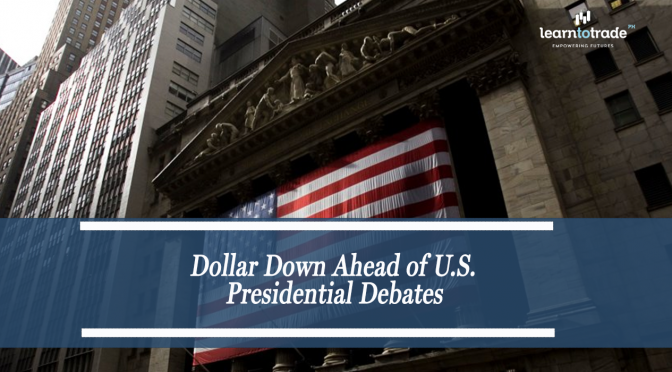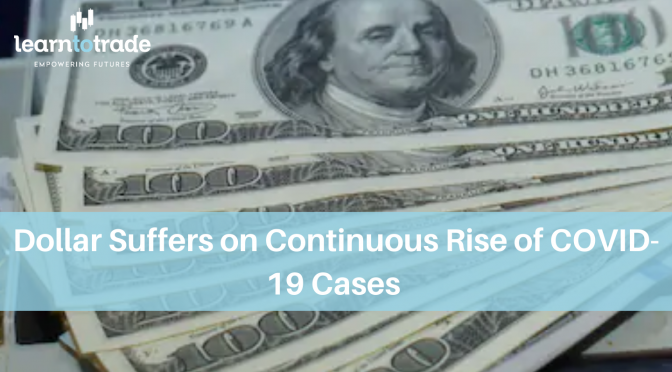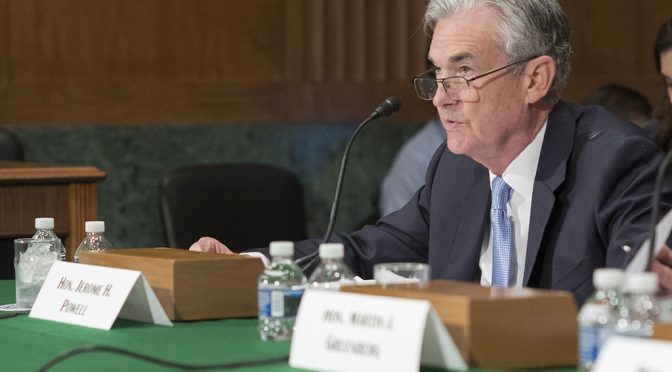-
2September, 2020

On Tuesday morning, the Euro seems to test new highs touching the 1.20 price point. Later in the afternoon on Tuesday, the Euro immediately dipped as investors took profits, driving the dollar up from a 28-month low.
Since the speech of Federal Reserve Chairman Powell last week Thursday, the announcement of tolerating more extended periods of higher inflation scarred the dollar which helped the rise of the Euro until Tuesday morning.
The aftermath encouraged the traders to sell the dollar due to the shift of the policy framework, betting that U.S. interest rates will stay low nearing 0% for longer. The Euro has been the chief-beneficiary of the sell-off which on tuesday morning rose to $1.20 EUR=, its highest since May 2018.
Upon breaking through that $1.20 mark, the Euro plummeted immediately and was down 0.26% on the day at $1.19. One factor of this fall, as attributed by the analysts, is due to investors taking profits and traders looking out for the technical resistance at $1.20.
Investors will now “look for excuses to discredit the $1.20 value,” – Juan Perez, senior foreign exchange trader and strategist at Tempus, Inc.
“It really seems like it’s basic resistance to that level.”
The move of the day also may have affected the dollar, possibly despite the Federal Reserve member’s dovish remarks.
Following the data showing the recovery in U.S manufacturing, data of ISM Manufacturing Index improved significantly from 54.2 to 56.0 in August, shrugging of economist’s forecasts for a reading of 54.5.
“Although there are some odd compositional issues within the data, over–all they suggest the sector is continuing to pick up steam in its recovery, We remain confident that manufacturing will be more resilient to COVID-related developments than the service side of the economy, and activity should continue to expand in coming quarters as the recovery takes hold.”Jefferies (NYSE: JEFF) said.
The reversal Tuesday afternoon is unlikely to change in a broader spectrum of the euro or dollar index. Both may rally in one direction for a while, and the dollar’s uptick may be short-lived. For us to see any action in this pair, Fed Governor Lael Brainard in a speech tuesday said the central bank would need to roll out more stimulus to fulfil the Fed’s new promise of more robust job growth and higher inflation.
Following the speech, as additional stimulus would likely involve aggressive bond-buying, U.S. Treasury yield also fell. This may not look good for the dollar as it typically falls with interest rates as lower yields on U.S. assets discourages foreign investment.
TECHNICAL OUTLOOK
The US dollar gains early morning on Wednesday completely dragging the euro’s all-time high. The price resisted at $1.20 on Tuesday afternoon closing in with a shooting star. Despite dovish tones from the Federal Reserve Chairman Jerome Powell, the dollar seems to bag some gains after obtaining losses from last week’s session. Although, we are still on the early session of this week’s trade, traders are on the sidelines waiting for further confirmation of a possible reversal.

Don’t forget to follow and subscribe for more updates about market trends, analysis, forex news, strategies and more!
Do you want to learn more about forex trading? Sign up now on our FREE forex webinar and reserve your FREE seats while it still lasts!
Risk Disclaimer:
Information on this page is solely for educational purposes only and is not in any way a recommendation to buy or sell certain assets. You should do your thorough research before investing in any type of asset. Learn to trade does not fully guarantee that this information is free from errors or misstatements. It also does not ensure that the information is completely timely. Investing in the Foreign Exchange Market involves a great deal of risk, resulting in the loss of a portion or your full investment. All risks, losses, and costs associated with investing, including total loss of principal and emotional distress, are your responsibility.









































By bsuper
| No Comments